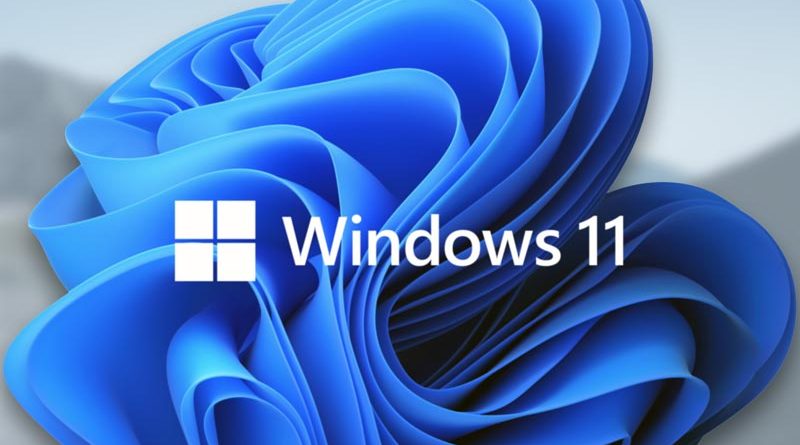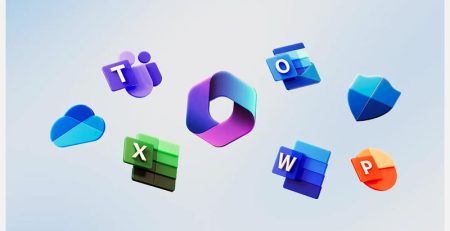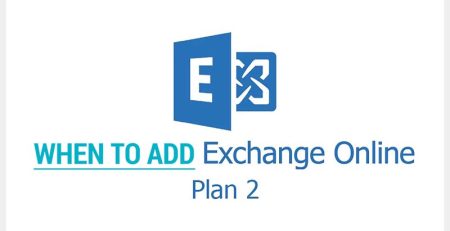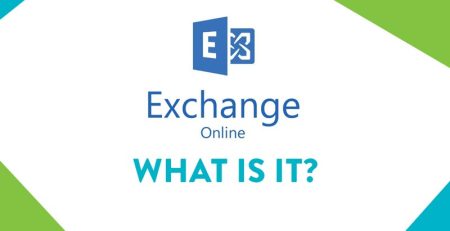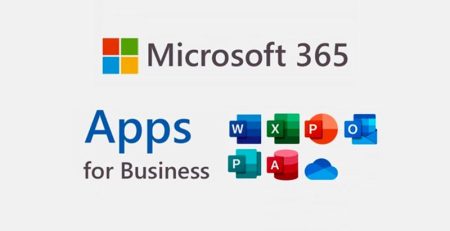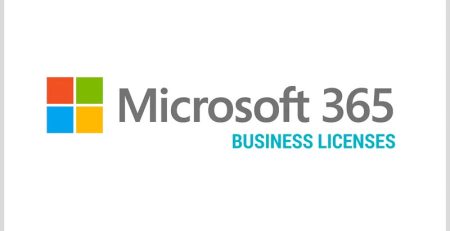Is Your Organization Ready for Windows 11?
Microsoft will be ending support for Windows 10 in 2025, so now is a good time to determine if your organization is ready to upgrade to Windows 11.
Microsoft released Windows 11 in October 2021, and by December 2022, we deemed it stable and safe after a year of testing by our team.
At the time, there was no rush to upgrade, as Windows 10 still had three years of support. But as we get closer to 2025, you should start thinking about how many computers you will need to upgrade and replace those that do not meet the minimum system requirements.
Is the Upgrade to Windows 11 Free?
Yes, upgrading to Windows 11 is free regardless of which version — Home or Pro — you have.
Any new computer purchased now will come with Windows 11 installed.
However, it’s important to remember that upgrading to a new version of Windows will require your computers to have more processor speed, RAM and storage space. A computer that ran Windows 10 efficiently won’t necessarily run Windows 11 efficiently.
Replacing computers now will be more costly, but if you factor in your employees’ productivity levels and downtime for possible computer repairs, it might be more cost-effective to replace those devices now.
According to a study by Microsoft, computers that are 4 years or older “are more than twice as likely to experience issues like being slow to boot up, batteries depleting too soon, disk drive crashes causing data losses, application crashes and network connectivity problems.”
Additionally, the study found that the total cost of owning a computer more than 4 years old is enough to replace it with two or more newer models.
“In all honesty, there’s a good chance any computer purchased eight years ago won’t have the requirements to effectively run Windows 11 anyway. Technological advances in computers continue to rapidly evolve, and a device released eight years ago is ancient compared to today’s standards.”
What are the Requirements to Run Windows 11?
If you have older computers with Windows 10, you may be required to hold off on upgrading and instead completely replace your devices.
However, if you’ve purchased your computer within the past three to five years, it likely will have the requirements to run Windows 11.
Below is a list of the minimum requirements needed. If you are unsure if your computer meets these specifications, you can install Microsoft’s PC Health Check app here.
A new requirement for Windows 11 that was not required when upgrading to Windows 10 is Trusted Platform Module version 2.0. TPM 2.0 became standard issue for business computers on July 28, 2016, so any computer purchased before that may not be able to upgrade to Windows 11.
In all honesty, there’s a good chance any computer purchased eight years ago won’t have the requirements to effectively run Windows 11 anyway. Technological advances in computers continue to rapidly evolve, and a device released eight years ago is ancient compared to today’s standards.
Windows 11 minimum system requirements:
- Processor: 1 gigahertz (GHz) or faster with two or more cores on a compatible 64-bit processor or system on a chip (SoC)
- RAM: 4 gigabytes (GB) or greater, but 8 GB is recommended
- Storage: 64 GB or greater available storage is required to install Windows 11 (Extra storage space might be required to download updates and enable specific features.)
- Graphics card: Compatible with DirectX 12 or later with a WDDM 2.0 driver
- System firmware: UEFI, Secure Boot capable
- TPM: Trusted Platform Module (TPM) version 2.0
- Display: High definition (720p) display, 9” or greater monitor, 8 bits per color channel
- Internet connection: Internet connectivity is necessary to perform updates and to download and use some features
- Windows 11 Home edition requires an internet connection and a Microsoft account to complete device setup on first use
When Does Support for Windows 10 End?
Support for Windows 10 ends Oct. 14, 2025. This means Microsoft will no longer release updates to Windows 10, and your computers will be vulnerable to security exploits.
What are the Differences Between Windows 10 and 11?
Windows 11 looks vastly different from Windows 10, and there is a bit of an initial learning curve. But overall, it’s the same Windows operating system.
Microsoft added some new features to Windows 11, such as the ability to use Android apps, arrange programs with snap layouts and Microsoft Teams integration into the taskbar.
Microsoft Windows Support in West Michigan
Is your company looking to upgrade to Windows 11? Contact us here to see how we can help keep your business running smoothly while increasing productivity, security and profitability.

